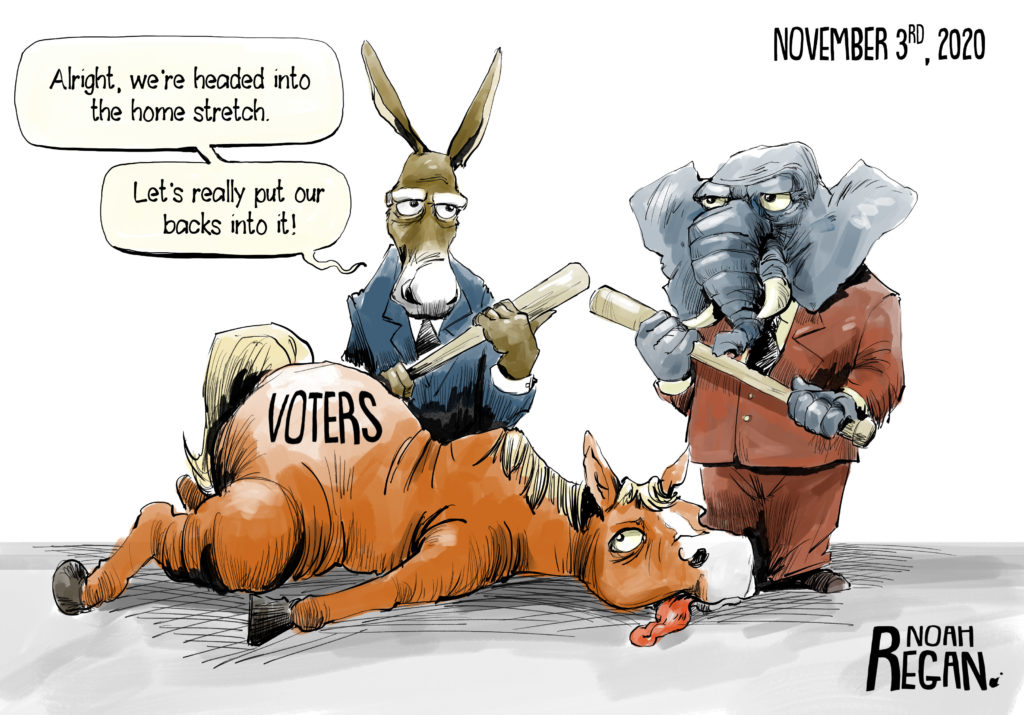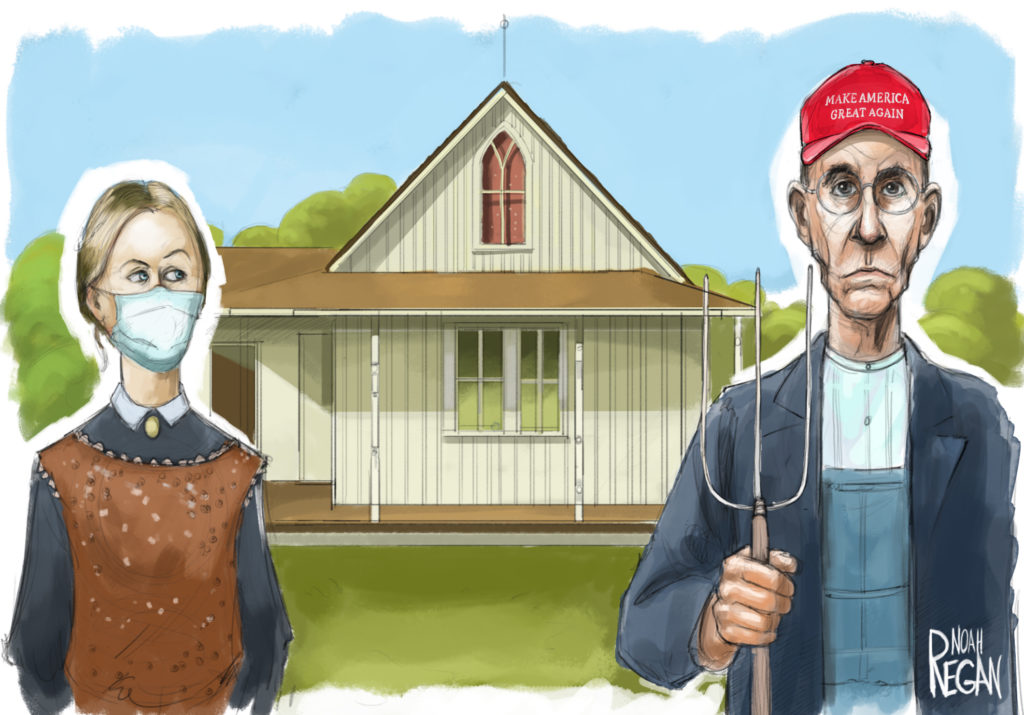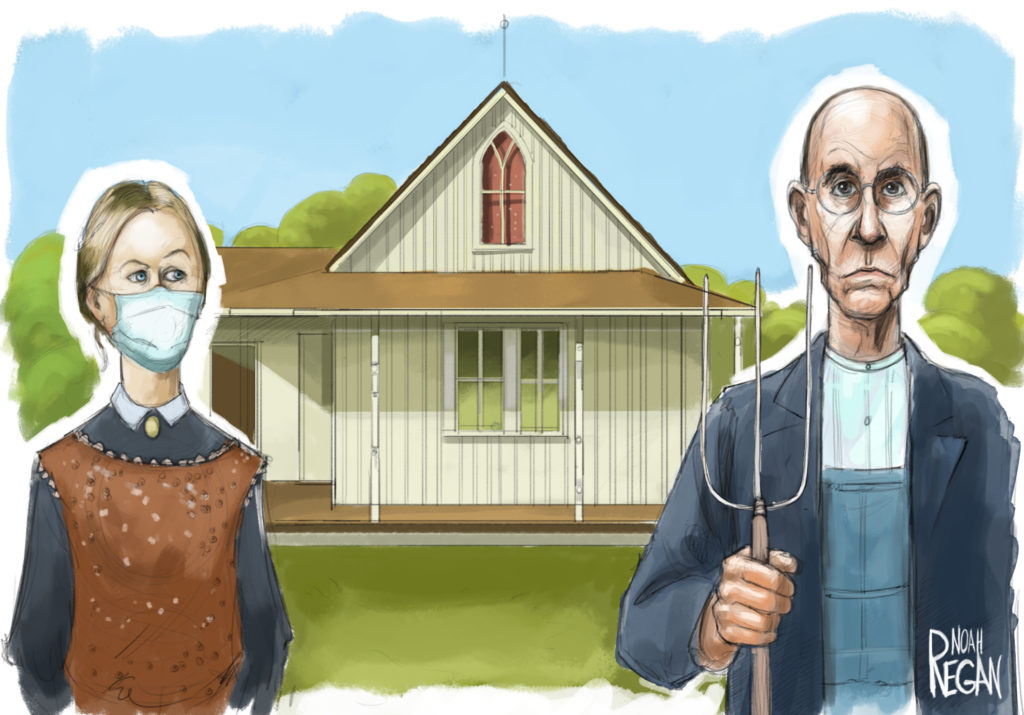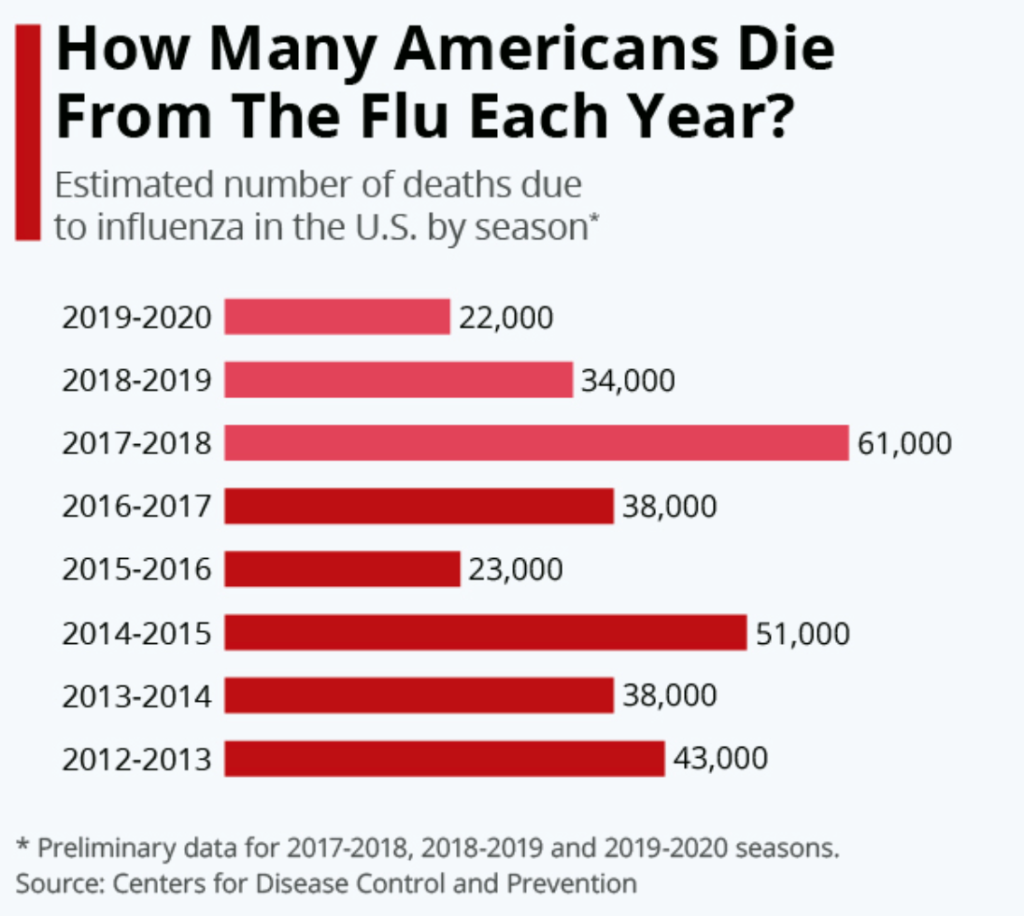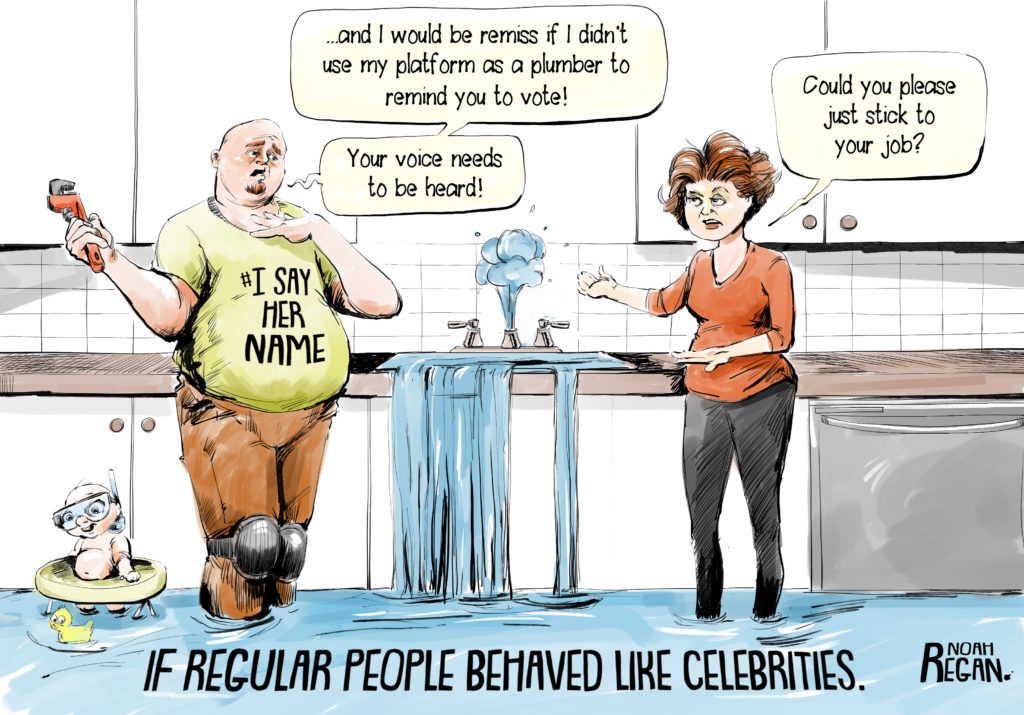Music has the power to capture, amplify and commemorate our highest emotions. Life’s most joyous moments are memorialized in song. Music uniquely expresses the feelings of jubilation after having won a victory or mastering a difficulty.
Many know this experience from the playing of school songs following a victorious sports contest. Marching band music honors parades of returning heroes. Even a song from a Broadway musical (Oh What a Beautiful Morning) can celebrate an important life event.
Celebrating a Political Exodus
When the British Empire was at its height, music was part of the national euphoria. One of my favorite examples of this victorious spirit is Handel’s oratorio, Israel In Egypt.
The oratorio is the story of the Hebrew’s flight from Egypt. The music paints multiple word pictures of the plagues and the drama of the fleeing slaves pursued by the Egyptian army.
The work is mostly for a double chorus with few solo arias. It is a joy to sing because of its musical exuberance embracing many emotional moods. And fast tempos.
The peak moment is the finale, “The Lord Shall Reign For Ever And Ever.” It reprises Miriam’s Song and the Song of the Sea. After the sea is parted and the Israelites are safe from the pursuing Egyptians, Moses and the children of Israel praise God for having saved them:
Then Moses and the children of Israel sang this song unto to the Lord, and they said: I will sing unto the Lord, for He has triumphed, O triumphed; horse and its rider He has hurled into the sea . . .
For an expression of sheer exuberance, listen and watch this six-minute excerpt. Even the musicians are dancing! (https://www.youtube.com/watch?v=U0nMXunT3A4)

